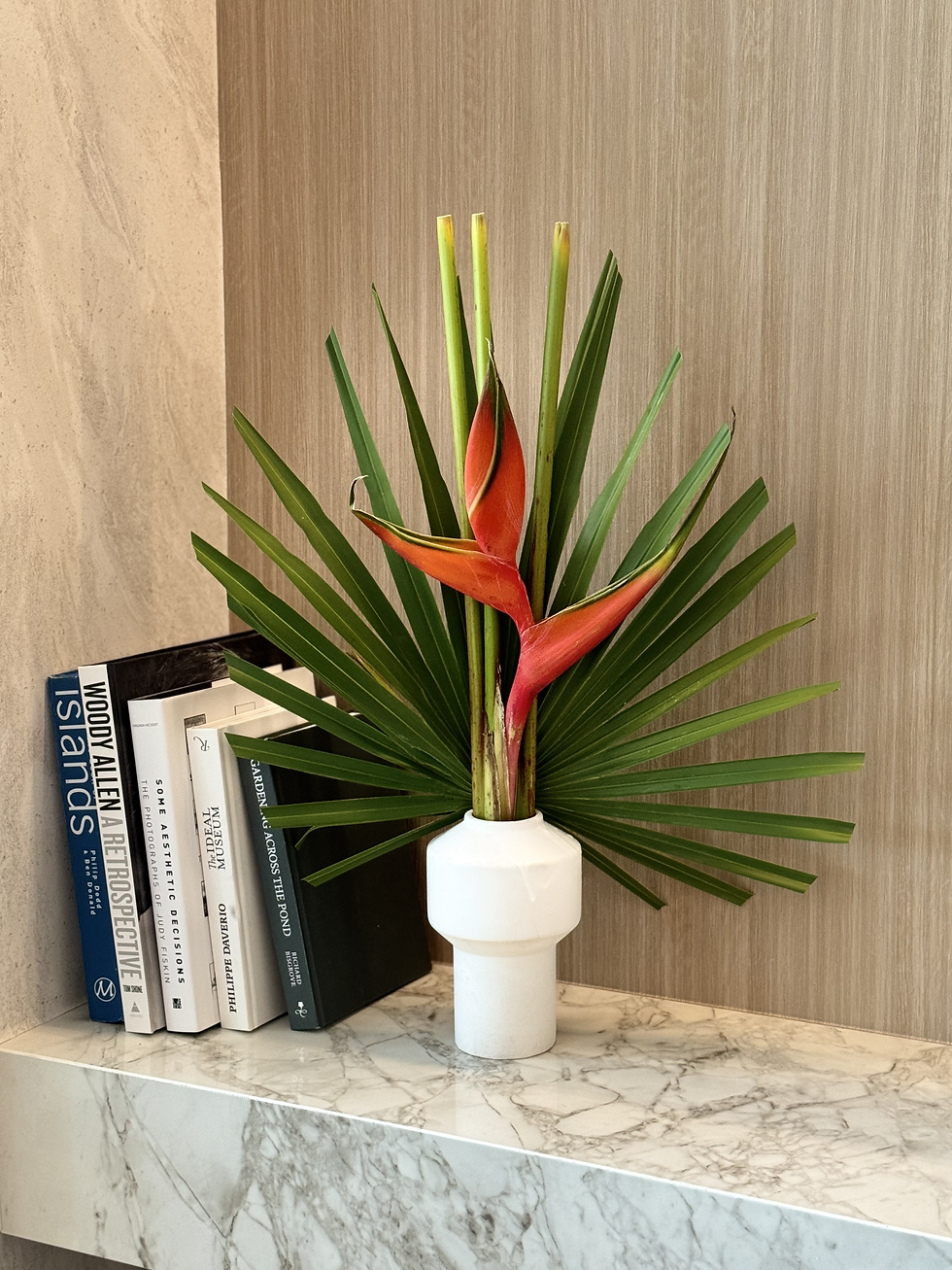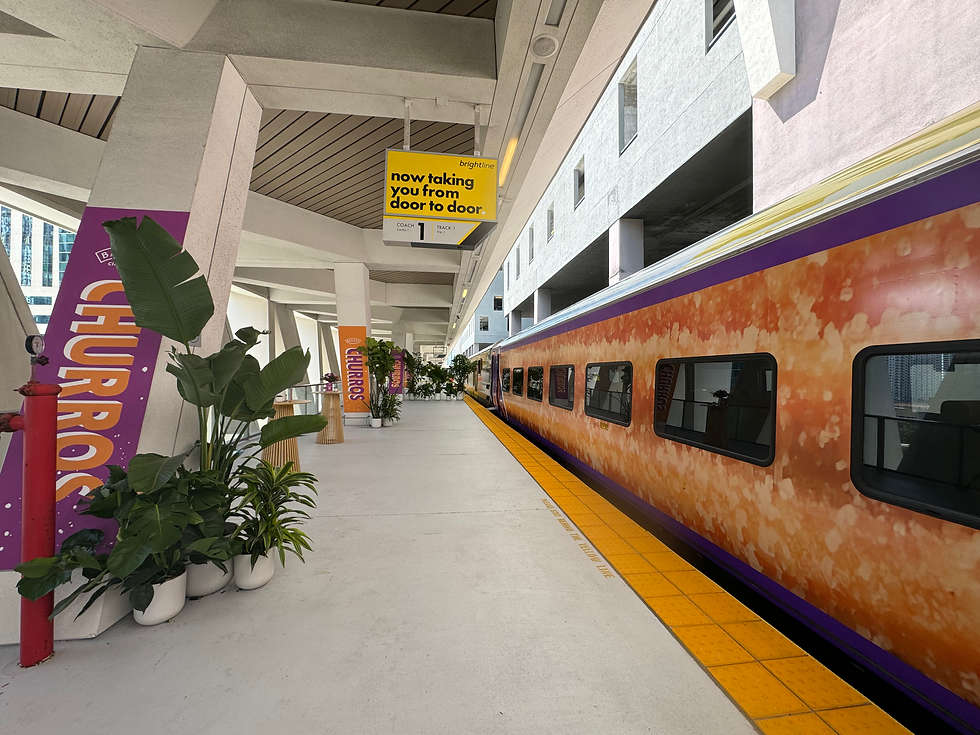Embracing Nature in the Concrete Jungle: A Guide to Biophilic Design Trends
- Brandon McNamara
- Jul 17, 2024
- 3 min read
In the midst of towering skyscrapers and bustling city life, there is a growing trend that seeks to bring the tranquility and beauty of nature into urban spaces. Biophilic design, a concept that incorporates natural elements into the built environment, is revolutionizing the way we interact with our surroundings. From lush greenery to natural light, the principles of biophilic design aim to create harmonious spaces that benefit both individuals and the environment.

Understanding Biophilic Design
Biophilic design is more than just adding a few potted plants to a room; it is a holistic approach that encompasses various aspects of nature within the built environment. By incorporating elements such as plants, natural materials, and light, biophilic design aims to mimic the patterns and forms found in nature. This approach has been shown to improve productivity, reduce stress levels, and enhance overall well-being.
Benefits of Biophilic Design
Improved Air Quality: Plants help purify the air by absorbing toxins and releasing oxygen.
Enhanced Well-being: Exposure to nature has been linked to lower stress levels and increased happiness.
Increased Productivity: Biophilic elements in the workplace have been shown to boost creativity and focus.
Harnessing the Power of Commercial Plant Design
One of the key components of biophilic design is commercial plant design, where interior designers and architects work together to create plantscapes that transform ordinary spaces into lush green sanctuaries. From office buildings to retail spaces, incorporating greenery not only enhances aesthetics but also brings a myriad of benefits.

Tips for Effective Commercial Plant Design
Choose Low-Maintenance Plants: Opt for species that thrive indoors and require minimal care.
Consider Light Levels: Ensure plants are placed in areas with adequate natural light or provide artificial lighting if needed.
Create Focal Points: Use plants strategically to draw attention and create visual interest within a space.
The Role of Indoor Landscaping in Biophilic Design
Indoor landscaping goes beyond simply placing plants in pots; it involves creating cohesive designs that seamlessly blend nature with architecture. Whether it's a sprawling atrium or a small corner office, indoor landscaping can be tailored to suit diverse environments and preferences.
Key Elements of Indoor Landscaping
Vertical Gardens: Utilize vertical spaces to create living walls that add texture and depth.
Biophilic Art Installations: Incorporate nature-inspired art pieces to complement greenery and enhance the overall ambiance.
Water Features: Introduce elements like indoor fountains or water walls to evoke a sense of calm and tranquility.
Collaborating with Professionals for Biophilic Design Projects
For architects, interior designers, and building owners looking to embrace biophilic design, partnering with experienced professionals can make all the difference. By working together, experts can seamlessly integrate green elements into the framework of a building, creating spaces that are not only visually stunning but also nurturing for occupants.

Benefits of Collaborating with Experts
Specialized Knowledge: Professionals bring expertise in plant selection, lighting requirements, and layout design.
Seamless Integration: Working with professionals ensures that biophilic elements are seamlessly incorporated into the overall design vision.
Long-term Sustainability: Experts can provide maintenance guidelines to ensure the longevity and health of green installations.
In conclusion, the urban jungle is evolving, with biophilic design leading the way towards creating sustainable, healthy, and inviting spaces. By embracing commercial plant design, indoor landscaping, and collaborating with professionals, the built environment can be transformed into a thriving ecosystem that benefits both people and the planet.
Let's continue to weave nature into the fabric of our cities, enriching our lives and reconnecting with the beauty of the natural world.
SEO Keywords: commercial plant design, biophilic design, plantscape, indoor landscaping




Comments